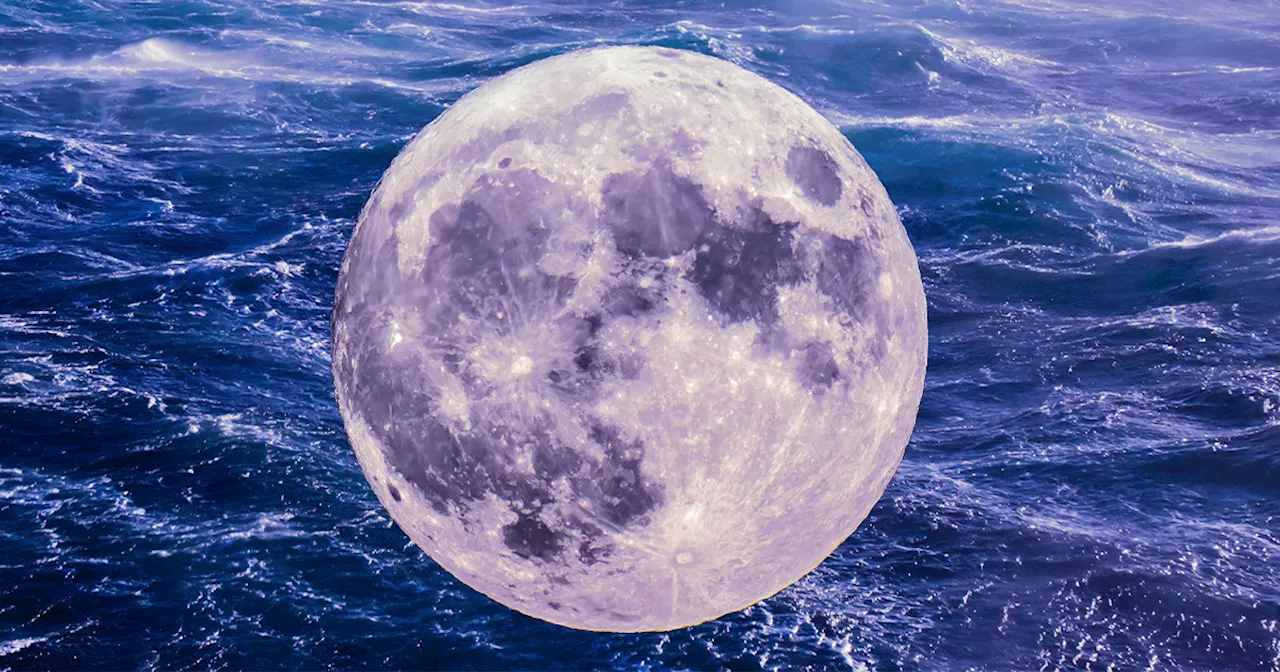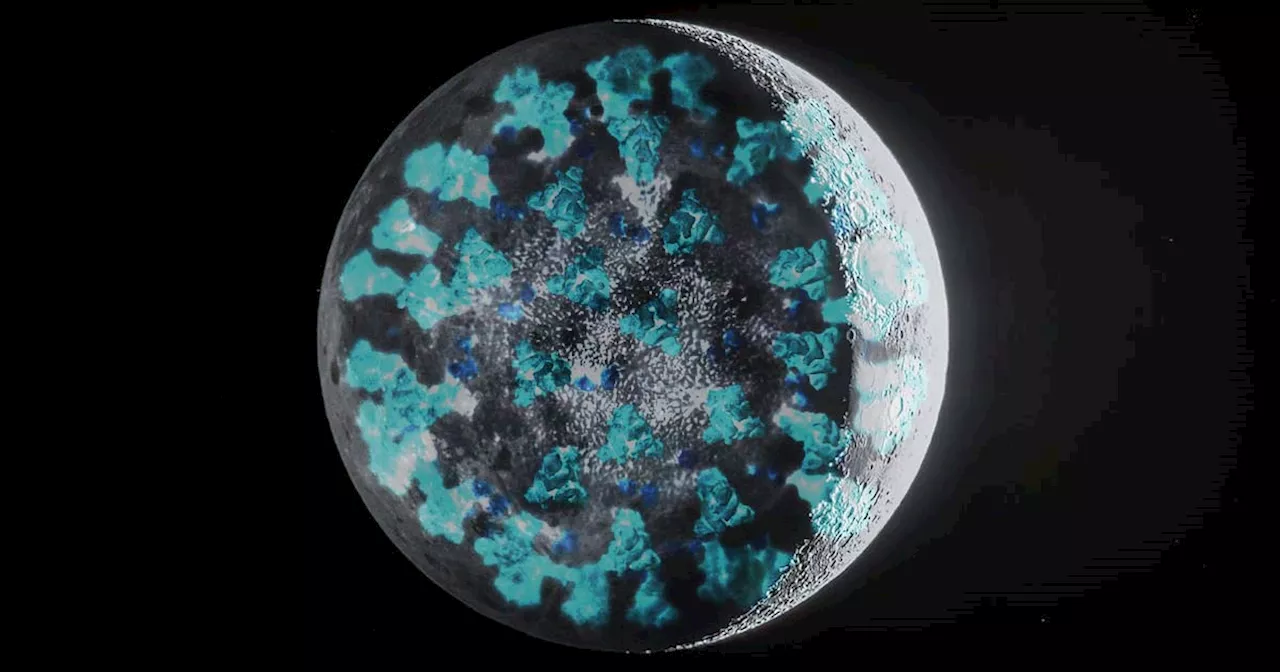Space and astronomy news
The massive South Pole-Aitken basin is one of the Moon’s dominant features, though it’s not visible from Earth. It’s on the lunar far side, and only visible to spacecraft. It’s one of the largest impact features in the Solar System, and there are many outstanding questions about it. What type of impactor created it? Where did the ejected material end up? Is it feasible or worthwhile to explore it?The SPA basin is about 2500 km in diameter and between 6.2 and 8.2 km deep.
The inner Solar System bodies have been pummelled by comets and asteroids. On Earth, the evidence of these impacts is mostly wiped away by billions of years of plate tectonics and weathering. There’s only faint evidence of most impacts. The Vredevort impact crater in South Africa was created by a massive impactor about two billion years ago. It’s so eroded that scientists aren’t certain how large the original impact structure was.
When a large impactor travelling quickly strikes a rocky planet or moon, it releases a lot of energy. The impact can spread debris around the surface and even launch some into space. Scientists have studied multiple meteorites that came from lunar and Mars impacts, and they’ve learned a lot by studying them. In fact, there are so many of them that they’ve been able to categorize many meteorites according to their asteroidal parent bodies.
NWA 2995 is what scientists call regolith breccia. Regolith is the layer of unconsolidated rocky material that covers bedrock. Breccia is a rock formed from angular fragments of rocks and minerals that are cemented together by fine-grained material. According to the authors, NWA 2995 represents an “ancient fused lunar soil, made up of many different rock and mineral components. ”
This figure from the research shows the probability that NWA 2995 came from different locations on the lunar surface. Image Credit: Joy et al. 2024. Dr Joshua Snape, Royal Society University Research Fellow at The University of Manchester, is one of the co-authors of the new research. “Over many years, scientists across the globe have been studying rocks collected during the Apollo, Luna, and Chang’e 5 missions, as well as lunar meteorites, and have built up a picture of when these impact events occurred,” Snape said.
United States Latest News, United States Headlines
Similar News:You can also read news stories similar to this one that we have collected from other news sources.
 Scientists Discover Signs of Water All Over The Moon's SurfaceThe Best in Science News and Amazing Breakthroughs
Scientists Discover Signs of Water All Over The Moon's SurfaceThe Best in Science News and Amazing Breakthroughs
Read more »
 NASA set to launch mission to Jupiter's moon Europa in search of signs of lifeScientists believe the moon's water, chemistry and energy could support life.
NASA set to launch mission to Jupiter's moon Europa in search of signs of lifeScientists believe the moon's water, chemistry and energy could support life.
Read more »
 NASA set to launch mission to Jupiter's moon Europa in search of signs of lifeScientists believe the moon's water, chemistry and energy could support life.
NASA set to launch mission to Jupiter's moon Europa in search of signs of lifeScientists believe the moon's water, chemistry and energy could support life.
Read more »
 Scientists Find Evidence of Water All Over the MoonScience and Technology News and Videos
Scientists Find Evidence of Water All Over the MoonScience and Technology News and Videos
Read more »
 Earth to capture a 'second moon' this weekend, NASA saysEarth will capture a miniature, 'second moon' this week, according to NASA scientists.
Earth to capture a 'second moon' this weekend, NASA saysEarth will capture a miniature, 'second moon' this week, according to NASA scientists.
Read more »
 COVID-19 Pandemic Affected the Moon, Scientists ClaimScience and Technology News and Videos
COVID-19 Pandemic Affected the Moon, Scientists ClaimScience and Technology News and Videos
Read more »
